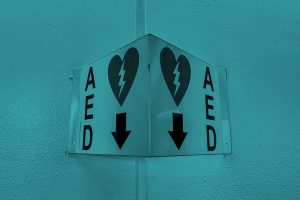
Background
A defibrillator should be connected to all patients receiving cardiopulmonary resuscitation (CPR) to allow early defibrillation. The defibrillator will collect signal data such as the electrocardiogram (ECG), thoracic impedance and end-tidal CO2, which allows for research on how patients demonstrate different responses to CPR. The aim of this review was to give an overview of methodological challenges and opportunities in using defibrillator data for research.
Methods
The successful collection of defibrillator files has several challenges. There is no scientific standard on how to store such data, which have resulted in several proprietary industrial solutions. The data needs to be exported to a software environment where signal filtering and classifications of ECG rhythms can be performed. This may be automated using different algorithms and artificial intelligence (AI). The patient can be classified being in ventricular fibrillation or -tachycardia, asystole, pulseless electrical activity or having obtained return of spontaneous circulation. How this dynamic response is time-dependent and related to covariates can be handled in several ways. These include Aalen’s linear model, Weibull regression and joint models.
Conclusions
The vast amount of signal data from defibrillator represents promising opportunities for the use of AI and statistical analysis to assess patient response to CPR. This may provide an epidemiologic basis to improve resuscitation guidelines and give more individualized care. We suggest that an international working party is initiated to facilitate a discussion on how open formats for defibrillator data can be accomplished, that obligates industrial partners to further develop their current technological solutions.
Full article below;






